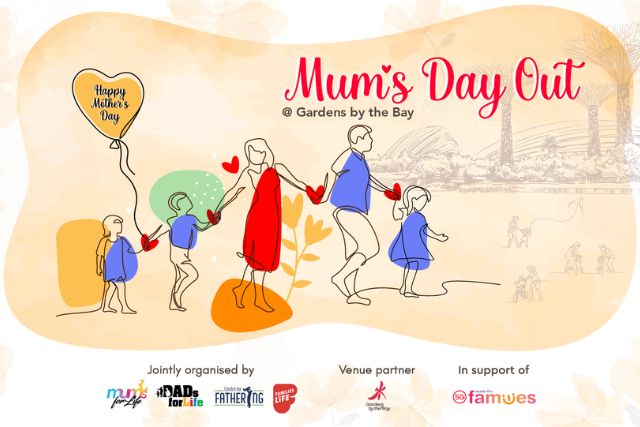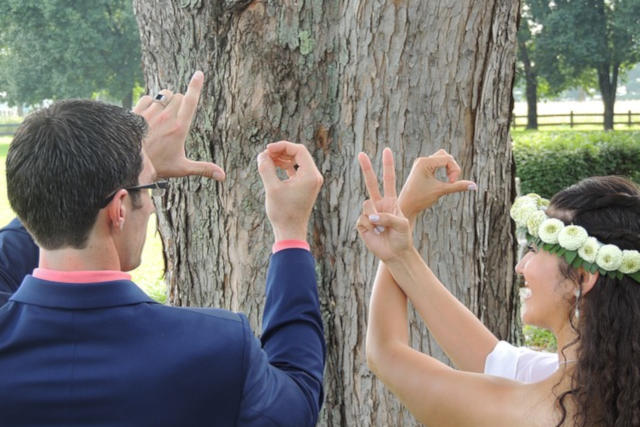Have you heard of the 80/20 rule? The rule comes from Vilfredo Pareto, an Italian economist, who observed in 1906 that 80% of the land in Italy was owned by 20% of the population. He also observed that 20% of the pea pods in his garden contained 80% of the peas. The distribution may show up in several different aspects relevant to relationships.

For example:
- 80% of your expenses come from 20% of your income
- 80% of your household chores are spent on 20% of the tasks
- 80% of your arguments come from 20% of issues affecting you
- 80% of your complaints come from 20% of your behaviour
The goal when using the 80/20 Rule is to maximize the small and powerful twenty per cent and reduce the wasteful eighty per cent. Despite the popularity of the rule, few people seem to understand how to apply it successfully, much less to their relationships. I am going to suggest some ways how below:
1) 80 + 20 does not always equal 100
While the 80/20 rule argues that 20% of the input creates 80% of the output, inputs and outputs are not the same thing, and therefore, cannot be made into the same pie chart. Therefore, both 80 and 20 are just examples of one type of uneven balance, so do not get caught up with the numbers.
Conversely, do not expect too that 20% of the input into your relationship creates 80% of the output. It may be more or less.
2) 80/20 Applied Recursively

When you have a limited amount of time, you will not be able to perform every possible task. Ask yourself where 80% of your time in your relationship is spent. It may well be that the remaining 20% of what you do with your time that actually contributes to the 80% of your partner’s happiness and satisfaction in the relationship. Take a step back, observe, and discuss if necessary. Ask questions if you are unsure. Re-group, re-strategize and respond accordingly.
3) 80/20 to Perfection
Say it takes you two years to become 80% proficient in understanding and pleasing your partner, but in order to get that last 20% of skill you need to invest in another eight years. Skills often go against the 80/20 Rule, where instead of eliminating the need for that last 20%, you invest most your time to master it. The 80/20 rule is not really in practice here. There are some skills that only come with time and you should not short-circuit the process.
4) “But I still have to do it…”
Indeed, there are some things that need getting done even though they are not extremely important – the laundry, paying for bills, getting the leaking air-con or pipe fixed etc. However, you do have control in adjusting where time gets spent – be it by reducing, rearranging, or rescheduling the task.
How to Really Use the 80/20 Rule
- In your relationship, identify an area that has an imbalance of effects. For example, it may well be a lack of sexual intimacy.
- Try to identify the key 10, 20 or 40 per cent of inputs that are creating most of your results. For example, perhaps 10% of your time spent in creating the most returns and happiness for you.
- Find ways to emphasize the key percentage. Could you spend more time on those activities? Prioritise them? Invest more of your money in these areas?
- Explore how to downplay or eliminate the rest. For activities that don’t have a high payoff, reduce involvement or get rid of them.
Remember to pick the top 20%, which create the most results and focus on them. Whatever time you have left can be spent on the less productive 80%.
By Dr Martha Lee, Eros Coaching.
Dr Martha Lee is Founder and Clinical Sexologist of Eros Coaching. A certified sexologist with a Doctorate in Human Sexuality, she provides sexuality and intimacy coaching for individuals and couples, conducts sexual education workshops and speaks at public events.
* * * * *
Like what you see here? Get parenting tips and stories straight to your inbox! Join our mailing list here.
Want to be heard 👂 and seen 👀 by over 100,000 parents in Singapore? We can help! Leave your contact here and we’ll be in touch.


























































Leave a Comment: